Después de una larga pausa de casi tres meses, retomo hoy estas crónicas. Debo confesar que tuve un bloqueo con estas escrituras, pues ellas requieren de una fluidez y de un estilo, que por más que lo intenté en muchas ocasiones, no lograba romper.
Esto ya me tenía preocupado, pues yo me tracé como meta desarrollar la habilidad de este tipo de escritura, hasta que lograra escribir una cada vez que me lo propusiera. Así que pensé que la única manera de hacer, es haciendo. Tomé la determinación y aquí está, ha vuelto.
¡Espero que sea de grata lectura para todos!
After a long break of almost three months, today I return to these chronicles. I must confess that I had a block with these writings, because they require a fluency and a style, that no matter how hard I tried on many occasions, I could not break.
This had already worried me, because I set myself the goal of developing the ability of this type of writing, until I managed to write one every time I set my mind to it. So I thought that the only way to do, is by doing. I made the determination and here it is, it's back.
I hope it's a pleasant read for everyone!
English version below!
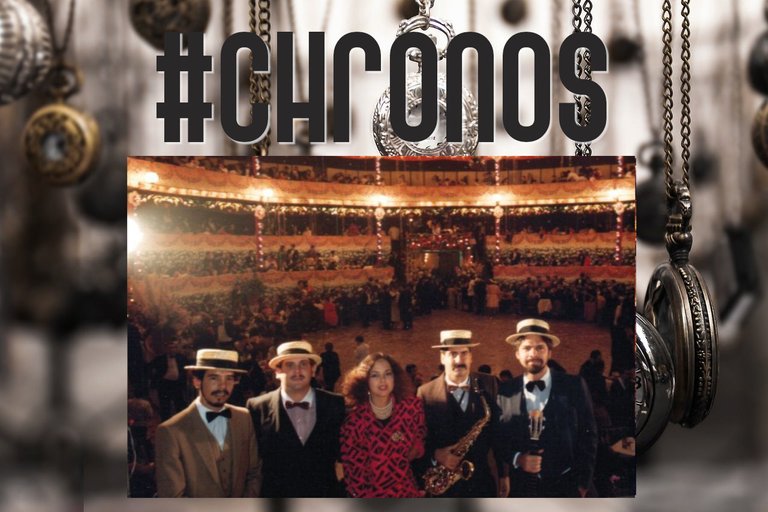
Para el año de 1985, Los Cañoneros estábamos en el tope de la popularidad y nuestra presencia era requerida en todos los ambientes para amenizar musicalmente. Entre varias colonias de extranjeros que hicieron suya nuestra música, destacaban la uruguaya, la chilena y la portuguesa. Con esta última tuvimos un acercamiento muy particular que se vio favorecido con el hecho de que muchos miembros de esa comunidad, luego de haber llegado de sus tierras de origen prácticamente sin nada, habían logrado, a punta de trabajo duro y dedicado, reunir buenas sumas en su capital. El Centro Portugués de Caracas es una prueba de ello, con sus grandes y majestuosas instalaciones.
En ese centro tuvimos una importante presencia y allí coincidimos con una agrupación de música y danza venida de la isla São Miguel de las Azores. También con ellos logramos una química especial que finalmente conllevó a que nuestro grupo fuera invitado a tocar en el evento más importante que se desarrollaba en la isla, una actividad de tradición centenaria, que movilizaba a toda la población y nosotros tendríamos el privilegio de ser la primera agrupación extranjera en participar.
Febrero de 1986, luego de una escala en Lisboa, donde estuvimos acompañados de uno de los directivos del Centro y su esposa, proseguimos viaje hacia la isla, de la cual teníamos escasa información.
La primera impresión es que es un lugar hermoso, con vistas y una geografía espectacular, adornada con volcanes, una naturaleza espectacular y un ambiente de campo, con grandes extensiones verdes y las claras muestras de una agricultura muy bien llevada.
La capital, Ponta Delgada, con una arquitectura muy europea, emitía un sabor a nostalgia, a historia a recuerdos. Las personas encargadas de atendernos pertenecían al ambiente cultural de la isla y eran todos de gran clase y estilo, lo cual también nos hacía sentir como si hubiéramos hecho un viaje al pasado.
El lugar donde se celebra el carnaval es un teatro clásico que fu inaugurado en 1917 y que recibió sus toques finales en 1950. Así conservó su aire histórico. Para los carnavales llenaban la platea de mesas y sillas, reservando el área para bailar. Los palcos eran vendidos por sumas importantes para los tres días de fiestas a las familias que pudieran darse ese lujo.
En ese mismo espíritu, el carnaval permitía el uso de máscaras, pero la vestimenta era la más formal, el smoking para los caballeros y los vestidos largos para las damas. Este es otro elemento que cada vez nos llevaba más a esa sensación de haber dado un salto en el tiempo, pero aún faltaba lo más interesante.
Debido a la importancia que tenían estas fiestas de São Miguel, eran transmitidas a toda Portugal por la emisora de televisión de ese país, RTP. Por esa misma razón, la empresa televisiva enviaba a participar allí a su más importante orquesta, una Big Band, cuyo repertorio principal estaba constituido por las música de Glen Miller y las grandes bandas de jazz de los Estados Unidos en las décadas de los 40 y 50.
Pero no quedaba allí la cuestión. Para alternar con nosotros y la Big Band y como representación de la isla, participaba también un grupo de rock azoriano, que nos tenía en gran expectativa. Cuando salieron a escena los muchachos del grupo, nos pareció ver a los Beatles en sus primeras actuaciones de los años 50, todos con traje y corbata, exactamente en el estilo de los de Liverpool. Su música también evocaba a los ingleses, pero no se trataba de un homenaje o algo así, para ellos la música que hacían era los más vanguardista que se podían imaginar.
Un detalle gracioso es que, aunque nosotros llevábamos una propuesta musical bailable y tradicional venezolana, pero como muchachos jóvenes que éramos en ese momento, transmitíamos una fuerza en escena muy parecida a los grupos de rock de mediados de los años 80. Por lo cual los integrantes del grupo quedaron tan impactados que al día siguiente empezaron a probar vestimentas nuevas y movimientos en escena, siguiendo lo que nosotros hacíamos.
Finalizadas las fiestas del carnaval la isla fue azotada por un huracán tan fuerte que tuvimos que quedarnos diez días más de lo previsto en São Miguel, durante los cuales aprovechamos para convivir con los jóvenes de aquel hermoso lugar que, aparte de estar situado e el medio del océano, parecía estar ubicado 50 años atrás en el tiempo.
Luego de alejarse la tormenta, regresamos a Venezuela y a proseguir nuestra vida en 1986.
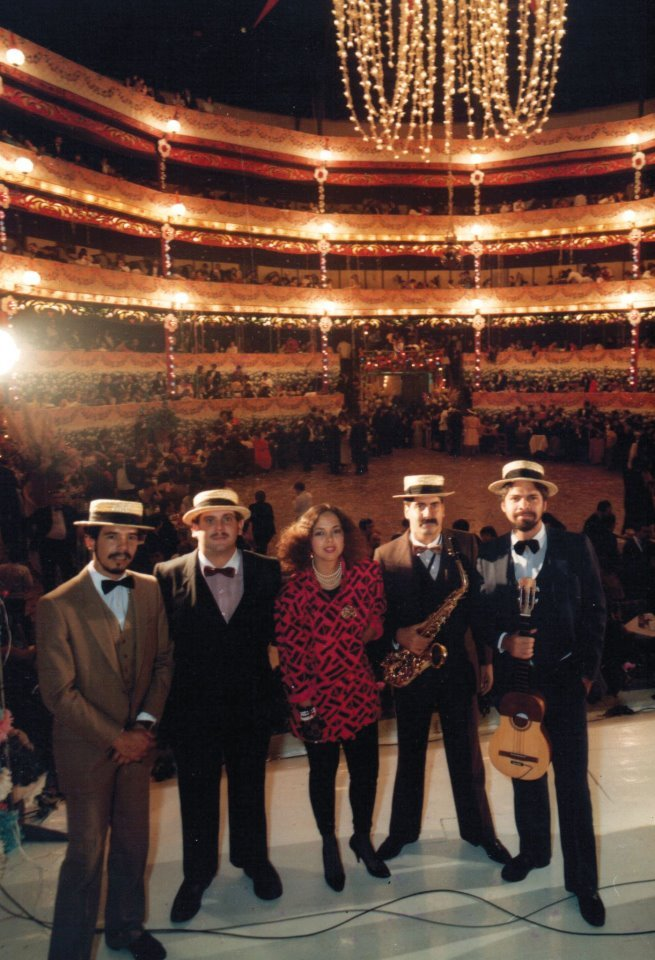

English version
By 1985, Los Cañoneros were at the top of the popularity charts and our presence was required in all environments to entertain musically. Among several foreign colonies that made our music their own, the Uruguayan, the Chilean and the Portuguese stood out. With the latter we had a very particular approach that was favored by the fact that many members of that community, after having arrived from their lands of origin with practically nothing, had managed, at the point of hard and dedicated work, to gather good sums in their capital. The Portuguese Center of Caracas is proof of this, with its large and majestic facilities.
In that center, we had an important presence and there we coincided with a music and dance group from the island of São Miguel in the Azores. We also achieved special chemistry with them that finally led to our group being invited to play in the most important event taking place on the island, an activity of centenary tradition, which mobilized the entire population and we would have the privilege of being the first foreign group to participate.
In February 1986, after a stopover in Lisbon, where we were accompanied by one of the directors of the Center and his wife, we continued our trip to the island, of which we had little information.
The first impression is that it is a beautiful place, with views and spectacular geography, adorned with volcanoes, spectacular nature, and a country atmosphere, with large green extensions and the clear signs of very well-managed agriculture.
The capital, Ponta Delgada, with very European architecture, emitted a taste of nostalgia, history and memories. The people in charge of taking care of us belonged to the cultural environment of the island and were all of great class and style, which also made us feel as if we had taken a trip to the past.
The carnival venue is a classic theater that was inaugurated in 1917 and received its finishing touches in 1950. It retained its historic feel. For the carnivals, the stalls were filled with tables and chairs, reserving the area for dancing. The boxes were sold for large sums for the three days of festivities to families who could afford the luxury.
In the same spirit, the carnival allowed the use of masks, but the dress was the most formal, the tuxedo for the gentlemen and long dresses for the ladies. This is another element that increasingly led us to that feeling of having taken a leap in time, but the most interesting thing was still missing.
Due to the importance of these festivities of São Miguel, they were broadcasted all over Portugal by the Portuguese television station, RTP. For the same reason, the television company sent its most important orchestra, a Big Band, whose main repertoire consisted of the music of Glen Miller and the great jazz bands of the United States in the '40s and '50s, to participate there.
But that was not all. To alternate with us and the Big Band and as a representation of the island, an Azorean rock group was also participating, which had us in great expectation. When the boys of the group came on stage, it seemed to us that we saw the Beatles in their first performances in the '50s, all in suits and ties, exactly in the style of those from Liverpool. Their music also evoked the English, but it was not a tribute or anything like that, for them the music they made was the most avant-garde they could imagine.
A funny detail is that, although we had a danceable and traditional Venezuelan musical proposal, but as young guys that we were at that time, we transmitted a force on stage very similar to the rock groups of the mid '80s. The members of the group were so impressed that the next day they began to try new costumes and movements on stage, following what we were doing.
Once the carnival festivities were over, the island was hit by such a strong hurricane that we had to stay ten days longer than planned in São Miguel, during which we took the opportunity to spend time with the young people of that beautiful place which, apart from being located in the middle of the ocean, seemed to be 50 years back in time.
After the storm had passed, we returned to Venezuela and to continue our life in 1986.
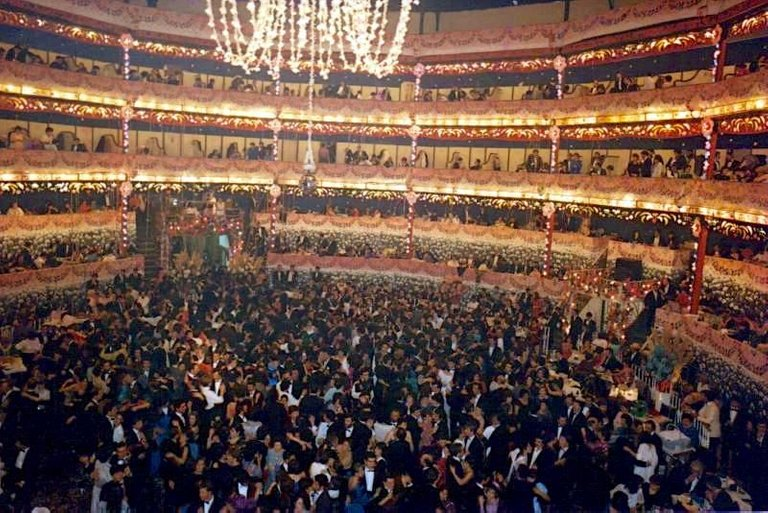
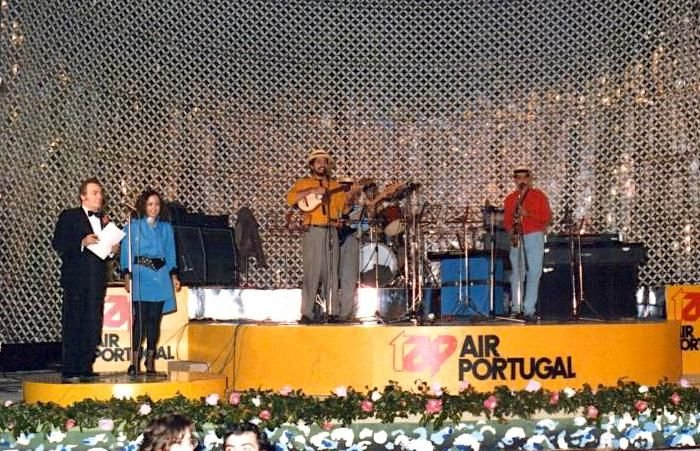
Fuente de las imágenes || Image sources [1]
Las demás son de mi colección personal || The others are from my personal collection

Mis crónicas literariasEste texto pertenece a mi serie #Chronos. Puedes leer más sobre la misma en . Si es de tu agrado este estilo y quieres sumarte a la creación de crónicas literarias, te invito a usar la etiqueta #chronos para la misma.
My literary chroniclesThis writing is part of my series #Chronos. You can read more about it on . If you like this style and want to join the creation of literary chronicles, I invite you to use the hashtag #chronos for it.

Descarga el poemario de @Ylich"De la vida, la pasión y de la muerte"¡Haz clic aquí! | 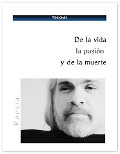 |
|---|

If you don't have an account at Hive yet, I invite you to read my post My Hive Testimony || Mi testimonio Hive
Si aún no tienes cuenta en Hive te invito a leer mi publicación My Hive Testimony || Mi testimonio Hive

The rewards earned on this comment will go directly to the person sharing the post on Twitter as long as they are registered with @poshtoken. Sign up at https://hiveposh.com.
Esta publicación ha recibido el voto de Literatos, la comunidad de literatura en español en Hive y ha sido compartido en el blog de nuestra cuenta.
¿Quieres contribuir a engrandecer este proyecto? ¡Haz clic aquí y entérate cómo!
¡Muchas gracias!
Que lindo que lindo que lindo!!!
Una belleza ese Teatro
Me gustan los sombreros
de los Canioneros!
Como le dicen en Venezuela?
Sombrero "Rancho" como en el Sur?
Las Azores..
un sitio muy misterioso para mi! Algun dia llegare navegando!
Bien el Huracan que los retrazo unos dias!!!
Salu, que sigan las chronos!
!LUV
En Venezuela se les llama sombrero de pajilla, o por su nombre francés, Canotier.
El lugar es espectacular. ¡Ojalá puedas llegarte hasta allá algún día! Y sí, lo del huracán nos permitió vivir toda una vida adicional en esos días, desde aventuras tormentosas en los muelles hasta tormentosas aventuras pasionales... 😍
¡Un abrazote y gracias por estar siempre pendiente!
(1/1) gave you LUV. H-E tools | connect | <><@palimanali
H-E tools | connect | <><@palimanali
No dejes de escribir, es motivador para todos.Me gustó mucho esa historia @ylich, de las islas Azores tenia referencias directas de mi madre cuando emprendió su viaje de España a Venezuela en el año 1957 en un avión Super constellation y uno de los motores se incendió. Tuvieron que aterrizar de emergencia en la isla y pasar dos o tres dias hasta que pudieron proseguir el viaje. Toda una experiencia para una mujer sola en esa epoca. Ella viajaba para encontrarse con mi padre con quien se habia casado por poderes. ¡Una gran aventura! Tu experiencia allí me hizo recordar esta otra historia.
Jajaja, esa historia está como para escribir una crónica también!!! 😉
Me encanta que este escrito te haya traído esos bonitos recuerdos. Gracias por hacérmelo saber y por tu lindo comentario. 🤗